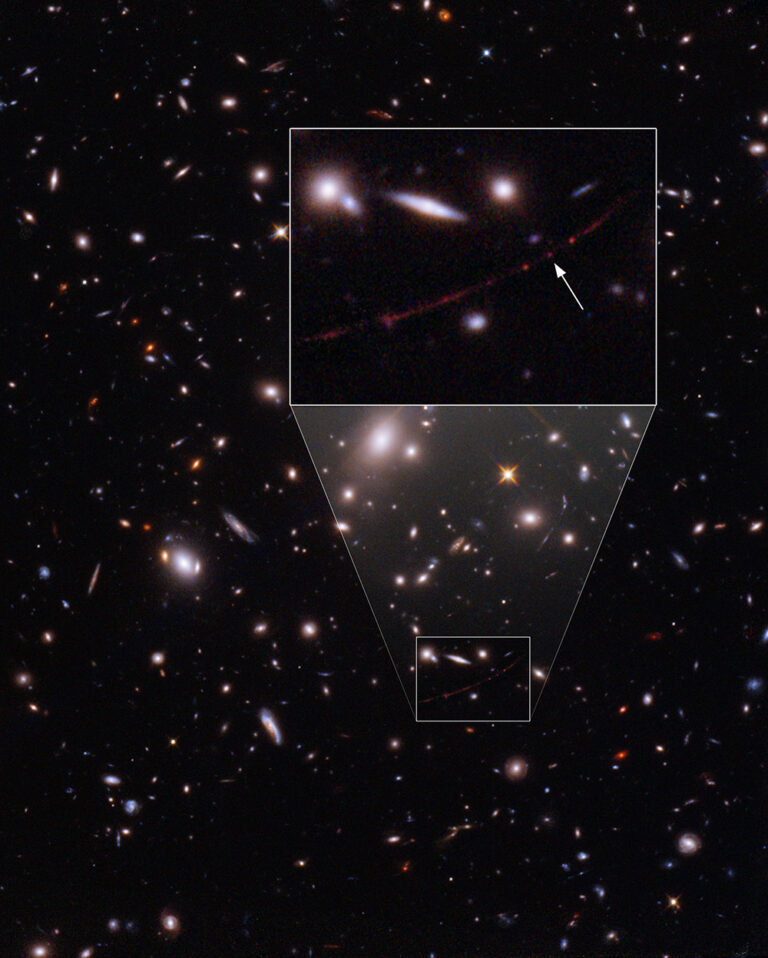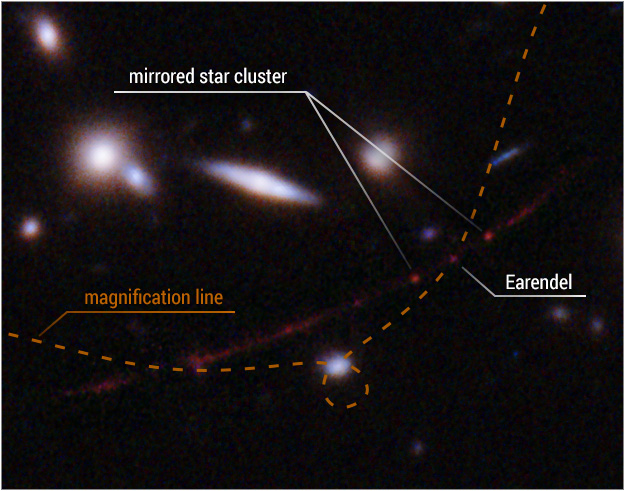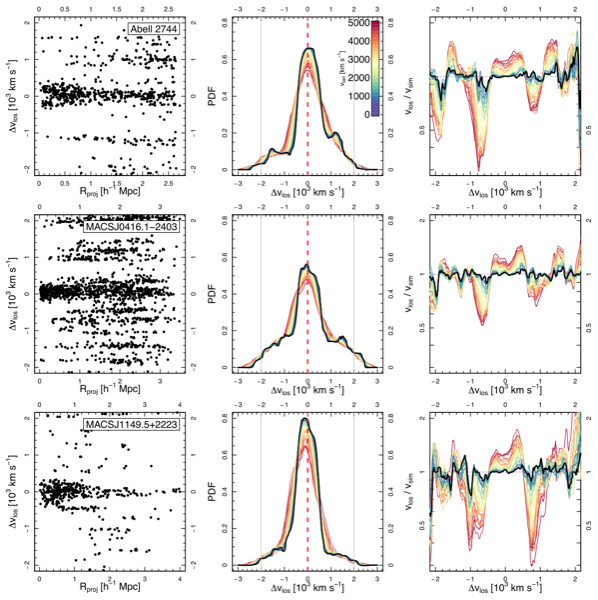
|
Cococubed.com
|
| Pop III with HST/JWST |
Home
Astronomy research
Software Infrastructure:
MESA
FLASH-X
STARLIB
MESA-Web
starkiller-astro
My instruments
Neutrino Emission:
Neutrinos from de-excitation
Neutrino emission from stars
Identifying the Pre-SN
Neutrino HR diagram
Pre-SN Beta Processes
Pre-SN neutrinos
White dwarf pulsations:
12C(α,γ) & overshooting
Probe of 12C(α,γ)16O
Impact of 22Ne
Impact of ν cooling
Variable white dwarfs
MC reaction rates
Micronovae
Novae
White dwarf supernova:
Stable nickel production
Remnant metallicities
Colliding white dwarfs
Merging white dwarfs
Ignition conditions
Metallicity effects
Central density effects
Detonation density
Tracer particle burning
Subsonic burning fronts
Supersonic fronts
W7 profiles
Massive stars:
Pop III with HST/JWST
Rotating progenitors
3D evolution to collapse
MC reaction rates
Pre-SN variations
Massive star supernova:
Yields of radionuclides
26Al & 60Fe
44Ti, 60Co & 56Ni
SN 1987A light curve
Constraints on Ni/Fe
An r-process
Effects of 12C +12C
Neutron Stars and Black Holes:
Black Hole spectrum
Mass Gap with LVK
Compact object IMF
He burn neutron stars
Stars:
Hypatia catalog
SAGB stars
Nugrid Yields I
He shell convection
BBFH at 40 years
γ-rays within 100 Mpc
Iron Pseudocarbynes
Pre-Solar Grains:
C-rich presolar grains
SiC Type U/C grains
Grains from massive stars
Placing the Sun
SiC Presolar grains
Chemical Evolution:
Radionuclides in 2020s
Zone models H to Zn
Mixing ejecta
Thermodynamics, Opacities & Networks
Radiative Opacity
Skye EOS
Helm EOS
Five EOSs
Equations of State
12C(α,γ)16O Rate
Proton-rich NSE
Reaction networks
Bayesian reaction rates
Verification Problems:
Validating an astro code
Su-Olson
Cog8
Mader
RMTV
Sedov
Noh
Software Instruments
2026 AAS Journals
AAS YouTube
Listing of 500+ Author Videos
AAS Peer Review Workshops
Outreach Material
Education Material
Other Stuff:
Bicycle Adventures
Illustrations
Presentations
Contact: F.X.Timmes
my one page vitae,
full vitae,
research statement, and
teaching statement.
The gravitationally lensed star WHL0137-LS, nicknamed Earendel, was identified with a photometric redshift $z_{\text{phot}} = 6.2 \pm 0.1$ based on images taken with the Hubble Space Telescope. Here we present James Webb Space Telescope (JWST) Near Infrared Camera (NIRCam) images of Earendel in 8 filters spanning 0.8$-$5.0$\mu$m. In these higher resolution images, Earendel remains a single unresolved point source on the lensing critical curve, increasing the lower limit on the lensing magnification to $\mu > 4000$ and restricting the source plane radius further to $r < 0.02$ pc, or $\sim 4000$ AU. These new observations strengthen the conclusion that Earendel is best explained by an individual star or multiple star system, and support the previous photometric redshift estimate. Fitting grids of stellar spectra to our photometry yields a stellar temperature of $T_{\mathrm{eff}} \simeq$ 13000$-$16000 K assuming the light is dominated by a single star. The delensed bolometric luminosity in this case ranges from $\log(L)$ = 5.8$-$6.6 $L_{\odot}$, which is in the range where one expects luminous blue variable stars. Follow-up observations, including JWST NIRSpec scheduled for late 2022, are needed to further unravel the nature of this object, which presents a unique opportunity to study massive stars in the first billion years of the universe.
 SunriseArc and Earendel |
 Models |
A highly magnified star at redshift 6.2 (2022)
Galaxy clusters magnify background objects through strong gravitational lensing. Typical magnifications for lensed galaxies are factors of a few but can also be as high as tens or hundreds, stretching galaxies into giant arcs. Individual stars can attain even higher magnifications given fortuitous alignment with the lensing cluster. Recently, several individual stars at redshifts between approximately 1 and 1.5 have been discovered, magnified by factors of thousands, temporarily boosted by microlensing. In this article, we report observations of a more distant and persistent magnified star at a redshift of 6.2 ± 0.1, 900 million years after the Big Bang. This star is magnified by a factor of thousands by the foreground galaxy cluster lens WHL0137-08 (redshift 0.566), as estimated by four independent lens models. Unlike previous lensed stars, the magnification and observed brightness (AB magnitude, 27.2) have remained roughly constant over 3.5 years of imaging and follow-up. The delensed absolute UV magnitude, -10 ± 2, is consistent with a star of mass greater than 50 times the mass of the Sun. Confirmation and spectral classification are forthcoming from approved observations with the James Webb Space Telescope.
This article made some news and some more news.
 SunriseArc and Earendel |
 Caustic curve and Earendel |

|
|
On The Observability Of Individual Population III Stars And Their Stellar-mass Black Hole Accretion Disks Through Cluster Caustic Transits (2018)
In this article we summarize panchromatic Extragalactic Background Light data to place upper limits on the integrated near-infrared surface brightness that may come from Population III stars and possible accretion disks around their stellar-mass black holes in the epoch of First Light, broadly taken from z $\simeq$ 7 - 17.
Theoretical predictions and recent near-infrared power-spectra provide tighter constraints on their sky-signal. We outline the physical properties of zero metallicity Population III stars from MESA stellar evolution models through helium-depletion, and black hole accretion disks at z $\gtrsim$ 7. We assume that second-generation non-zero metallicity stars can form at higher multiplicity, so that black hole accretion disks may be fed by Roche-lobe overflow from lower-mass companions. We use these near-infrared SB constraints to calculate the number of caustic transits behind lensing clusters that the James Webb Space Telescope and the next generation ground-based telescopes may observe for both Population III stars and their black hole accretion disks.
Typical caustic magnifications can be $\mu$ $\simeq$ 10$^4$ - 10$^5$, with rise times of hours and decline times of $\lesssim$ 1 year for cluster transverse velocities of $v_T$ $\lesssim$ 1000 km/s. Microlensing by intracluster medium objects can modify transit magnifications, but lengthen visibility times. Depending on black hole masses, accretion-disk radii and feeding efficiencies, stellar-mass black hole accretion-disk caustic transits could outnumber those from Population III stars. To observe Population III caustic transits directly may require to monitor 3 - 30 lensing clusters to AB $\lesssim$ 29 mag over a decade.
 panchromatic backgrounds |
 Pop III HR diagram |
 cluster caustics and magnification map |
 redshift space distribution |

|
|